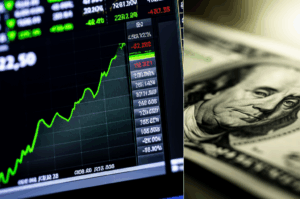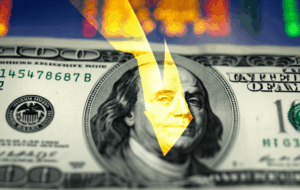US-China Trade Deal Leaves a Lot of Questions Unanswered
In the ever-evolving landscape of global economics, few relationships hold as much sway as that between the United States and China. For years, the world has watched a complex tango of trade negotiations, disputes, and occasional agreements, each promising a new dawn yet often leaving the horizon shrouded in mist. The latest iterations of a “trade deal,” particularly the much-discussed Phase One agreement, have certainly cooled some of the most heated rhetoric, but for those tracking the pulse of international finance, it’s increasingly clear that a comprehensive resolution remains elusive, leaving a multitude of critical questions unanswered.
At the heart of the current ambiguity is the lingering impact and unfulfilled potential of the January 2020 Phase One trade agreement. This deal was heralded as a significant step towards de-escalating a burgeoning trade war, with China committing to substantial purchases of U.S. agricultural, energy, manufactured goods, and services over two years. While the agreement did offer some tariff reductions and a framework for addressing intellectual property protections and forced technology transfers, its execution has been less than stellar. The onset of the COVID-19 pandemic and subsequent geopolitical tensions undoubtedly complicated matters, but the core issue remains: China fell significantly short of its purchase commitments. This raises the fundamental question of enforceability and trust, undermining the very premise of future large-scale bilateral agreements. Moreover, many of the punitive tariffs imposed by both nations remain in effect, acting as a persistent tax on businesses and consumers alike, distorting supply chains, and fueling inflationary pressures that ripple through global markets.
Beyond the immediate mechanics of purchase agreements and tariffs, the deeper, more structural grievances that ignited the trade war persist largely unaddressed. Issues such as vast Chinese industrial subsidies, barriers to market access for American firms, digital trade restrictions, and ongoing concerns about intellectual property theft and cyber espionage continue to fuel Washington’s frustrations. The Phase One deal merely scratched the surface of these entrenched challenges, punting them to a hypothetical “Phase Two” that has yet to materialize. This leaves investors, multinational corporations, and economic analysts in a state of perpetual uncertainty, struggling to forecast long-term growth strategies or accurately assess market risks. The lack of a clear roadmap for addressing these fundamental disparities means that the underlying economic friction between the two superpowers could reignite at any moment, driven not just by trade imbalances but by broader geopolitical competition in areas like technology, human rights, and regional influence.
For young adults navigating their financial futures, these unanswered questions translate into tangible implications. The ongoing uncertainty affects everything from the stability of global supply chains leading companies to “de-risk” or diversify away from China to commodity prices, and ultimately, consumer costs. It impacts the investment climate, creating volatility in stock markets and influencing decisions on where capital is deployed globally. The strategic rivalry, particularly in critical sectors like semiconductors and artificial intelligence, further complicates the economic outlook, hinting at a future where technological decoupling becomes a greater driver of policy than traditional trade. Without a definitive shift towards deeper structural reforms or a comprehensive agreement that tackles the root causes of economic friction, businesses will continue to face unpredictable operating environments, and the global economy will remain susceptible to the whims of bilateral tensions. The “deal” offered a pause, not a peace, and the many questions it left unaddressed continue to shape the contours of our economic reality.





